Xuecao Li
Optimizing and Fine-tuning Large Language Model for Urban Renewal
Nov 27, 2023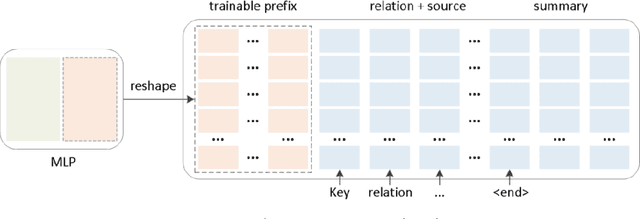

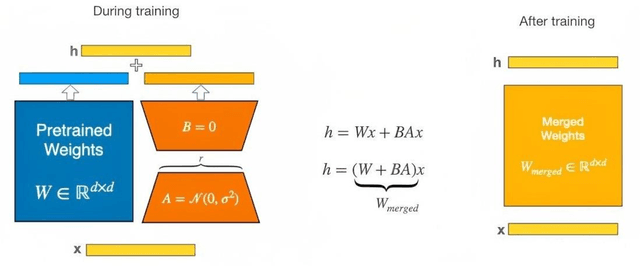

Abstract:This study aims to innovatively explore adaptive applications of large language models (LLM) in urban renewal. It also aims to improve its performance and text generation quality for knowledge question-answering (QA) tasks. Based on the ChatGLM, we automatically generate QA datasets using urban renewal scientific literature corpora in a self-instruct manner and then conduct joint fine-tuning training on the model using the Prefix and LoRA fine-tuning methods to create an LLM for urban renewal. By guiding the LLM to automatically generate QA data based on prompt words and given text, it is possible to quickly obtain datasets in the urban renewal field and provide data support for the fine-tuning training of LLMs. The experimental results show that the joint fine-tuning training method proposed in this study can significantly improve the performance of LLM on the QA tasks. Compared with LoRA fine-tuning, the method improves the Bleu and Rouge metrics on the test by about 5%; compared with the model before fine-tuning, the method improves the Bleu and Rouge metrics by about 15%-20%. This study demonstrates the effectiveness and superiority of the joint fine-tuning method using Prefix and LoRA for ChatGLM in the urban renewal knowledge QA tasks. It provides a new approach for fine-tuning LLMs on urban renewal-related tasks.
A global product of fine-scale urban building height based on spaceborne lidar
Oct 22, 2023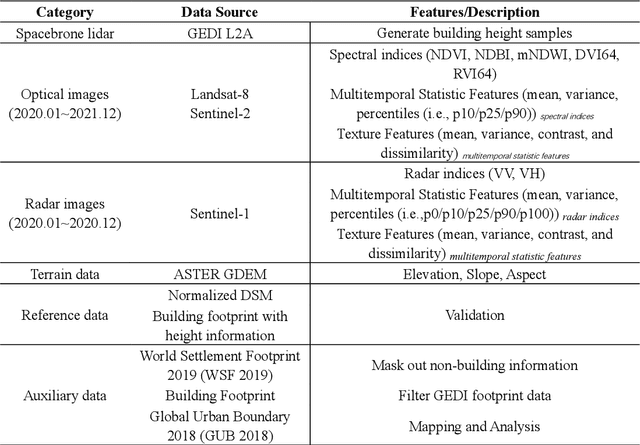
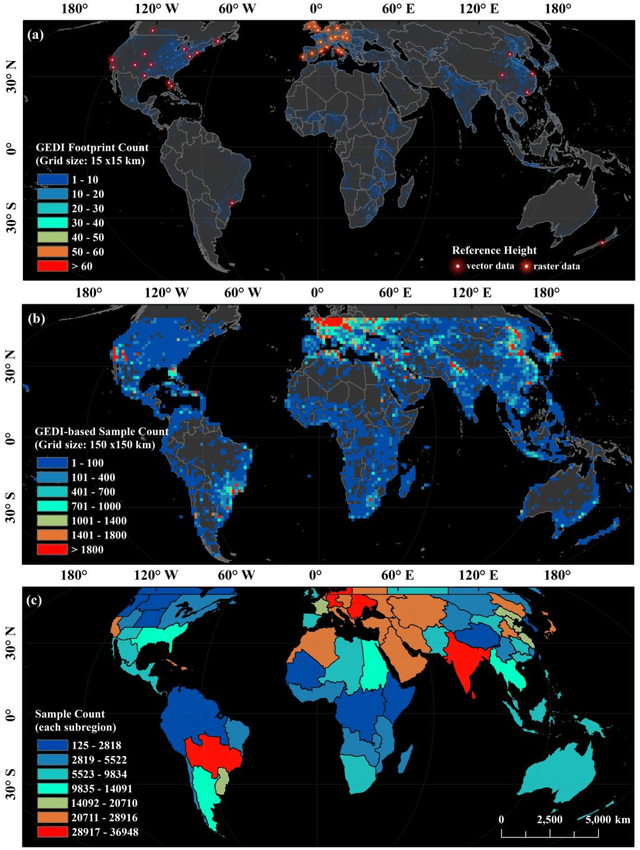
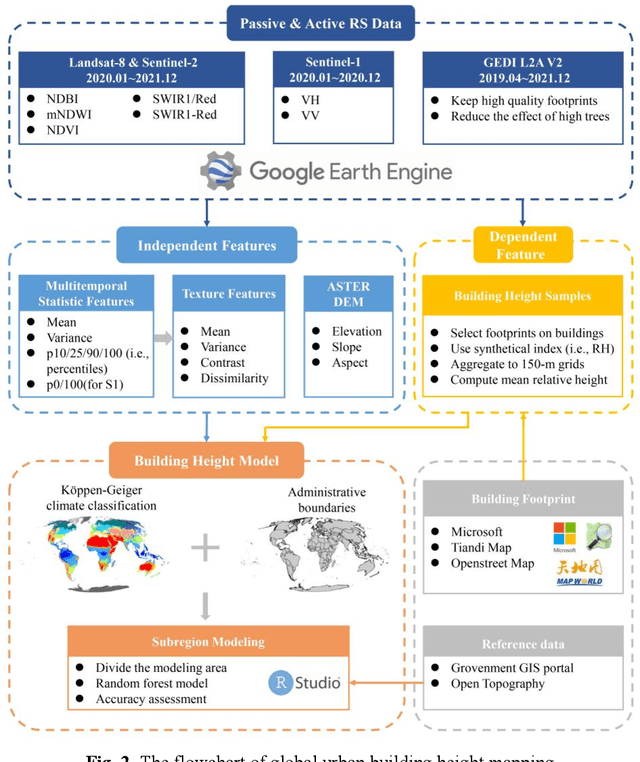
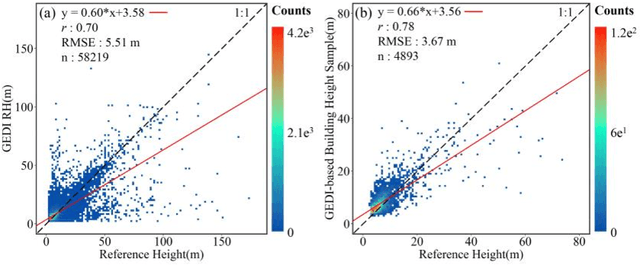
Abstract:Characterizing urban environments with broad coverages and high precision is more important than ever for achieving the UN's Sustainable Development Goals (SDGs) as half of the world's populations are living in cities. Urban building height as a fundamental 3D urban structural feature has far-reaching applications. However, so far, producing readily available datasets of recent urban building heights with fine spatial resolutions and global coverages remains a challenging task. Here, we provide an up-to-date global product of urban building heights based on a fine grid size of 150 m around 2020 by combining the spaceborne lidar instrument of GEDI and multi-sourced data including remotely sensed images (i.e., Landsat-8, Sentinel-2, and Sentinel-1) and topographic data. Our results revealed that the estimated method of building height samples based on the GEDI data was effective with 0.78 of Pearson's r and 3.67 m of RMSE in comparison to the reference data. The mapping product also demonstrated good performance as indicated by its strong correlation with the reference data (i.e., Pearson's r = 0.71, RMSE = 4.60 m). Compared with the currently existing products, our global urban building height map holds the ability to provide a higher spatial resolution (i.e., 150 m) with a great level of inherent details about the spatial heterogeneity and flexibility of updating using the GEDI samples as inputs. This work will boost future urban studies across many fields including climate, environmental, ecological, and social sciences.
 Add to Chrome
Add to Chrome Add to Firefox
Add to Firefox Add to Edge
Add to Edge